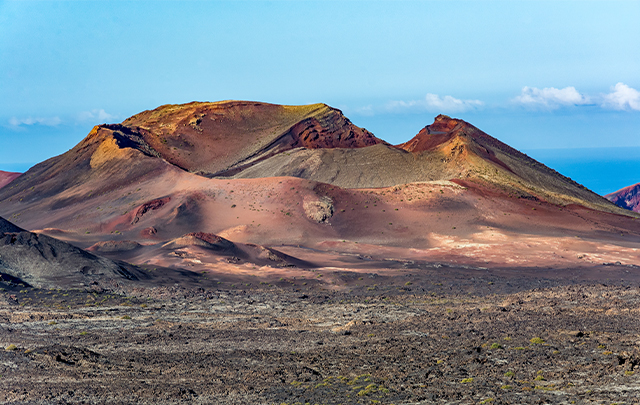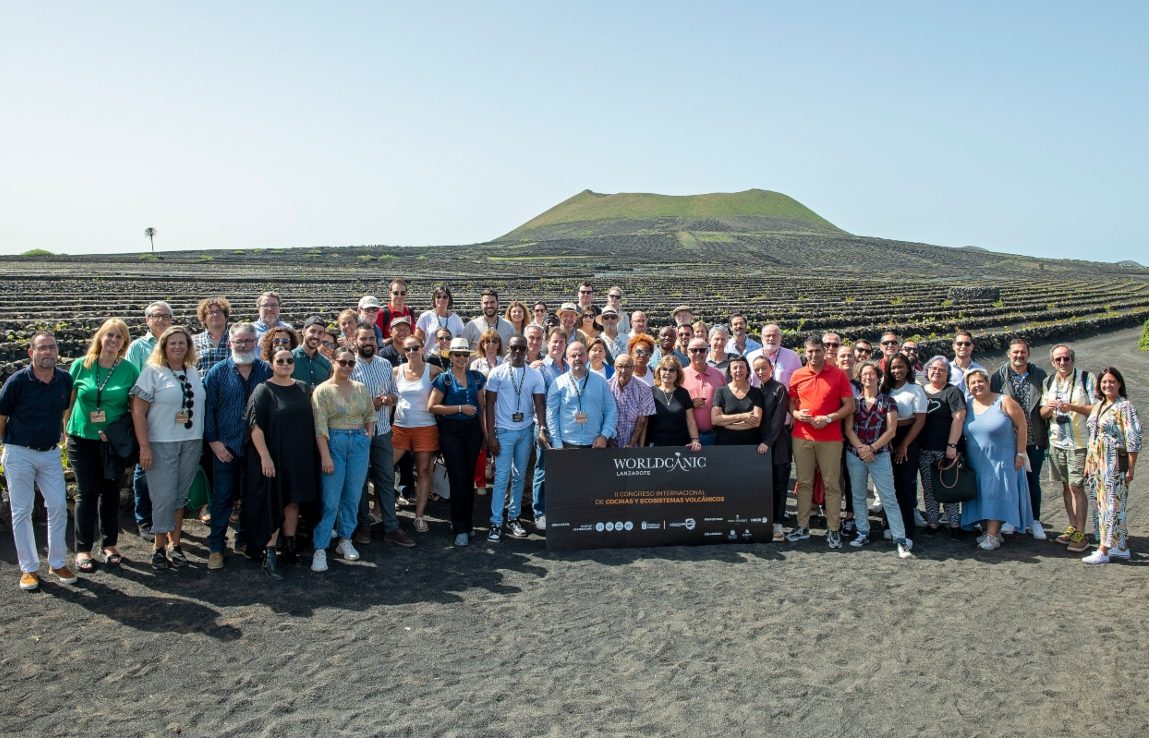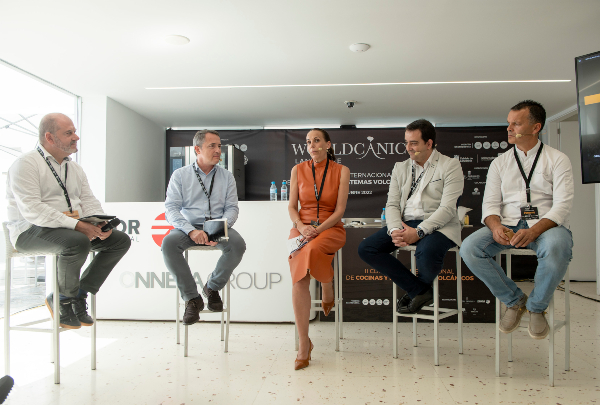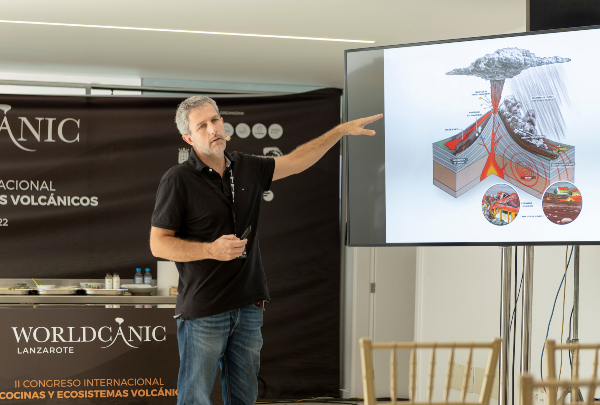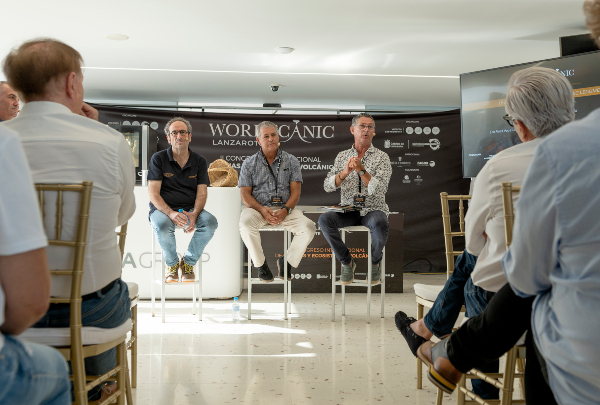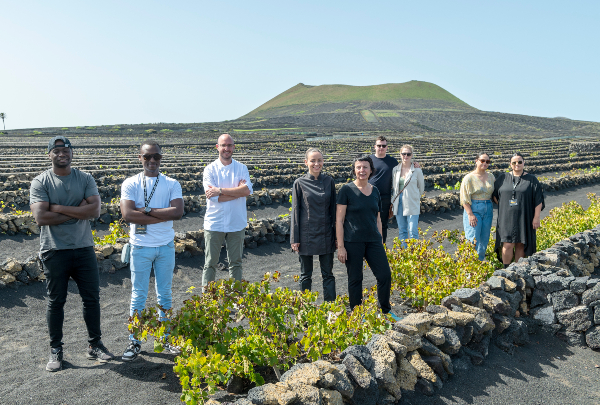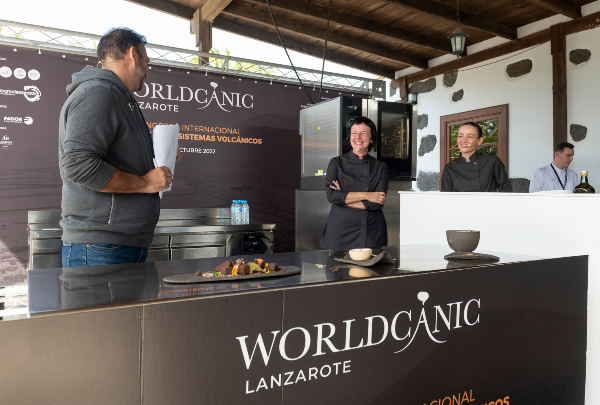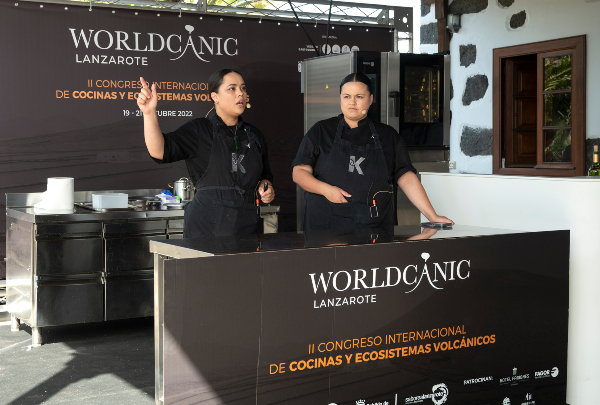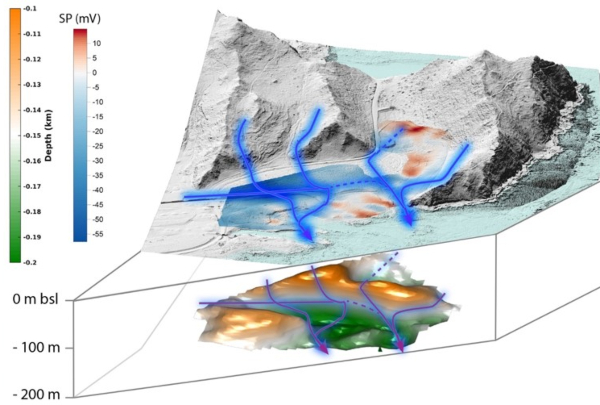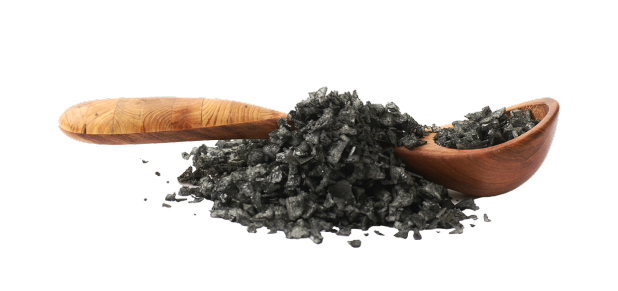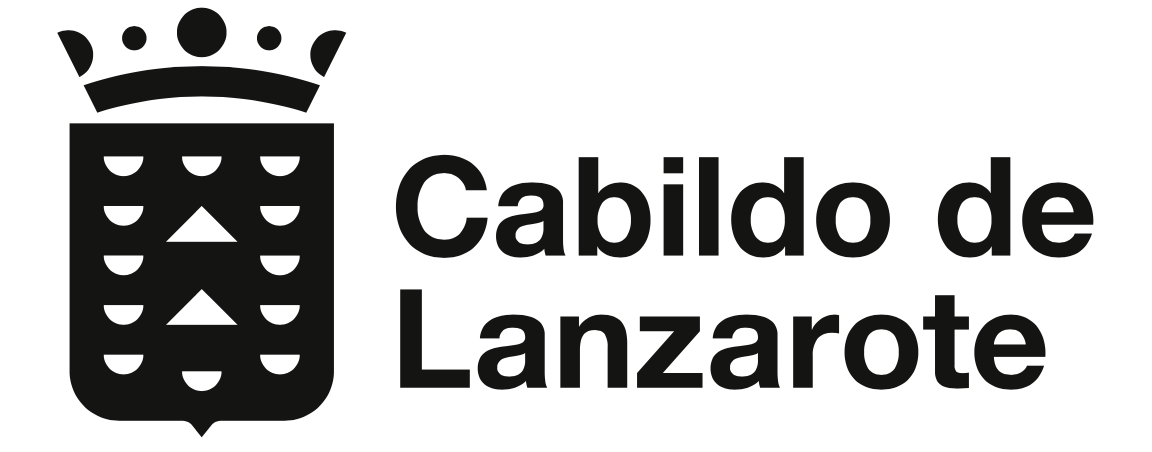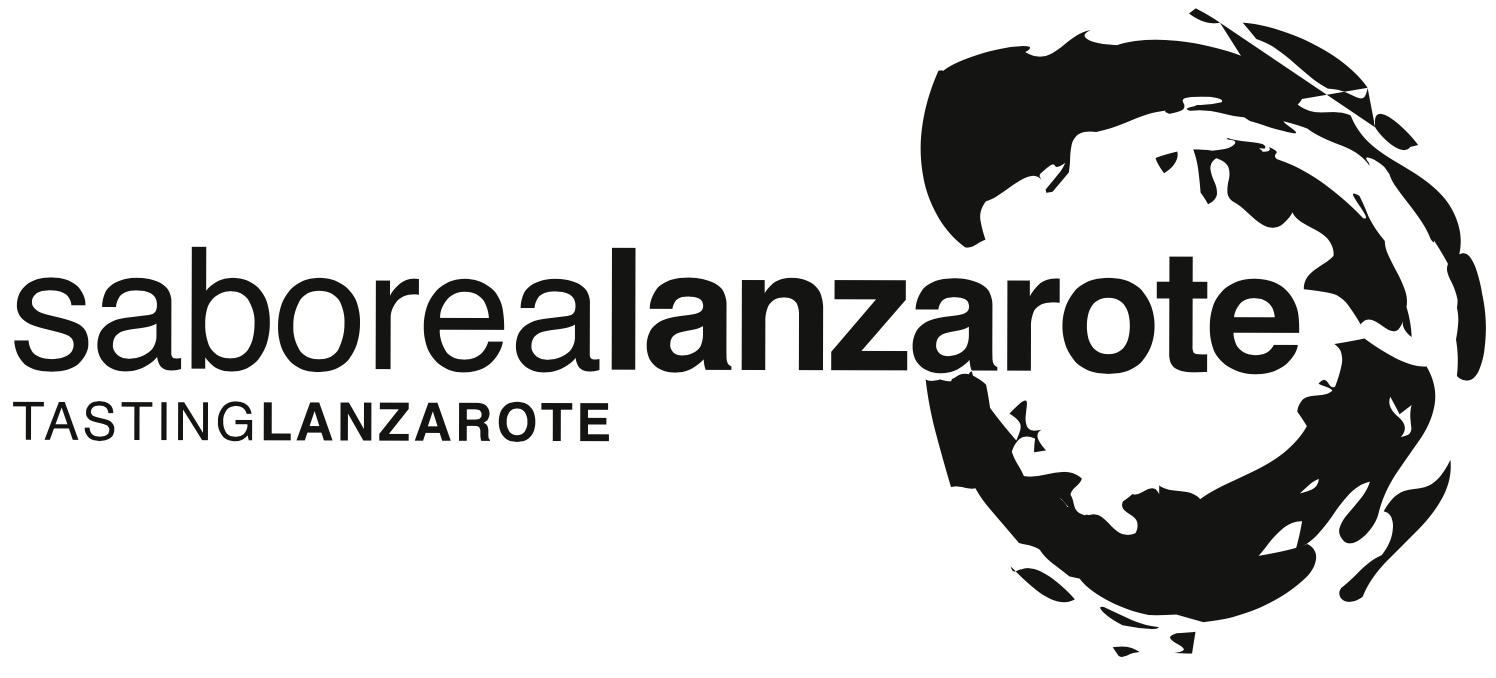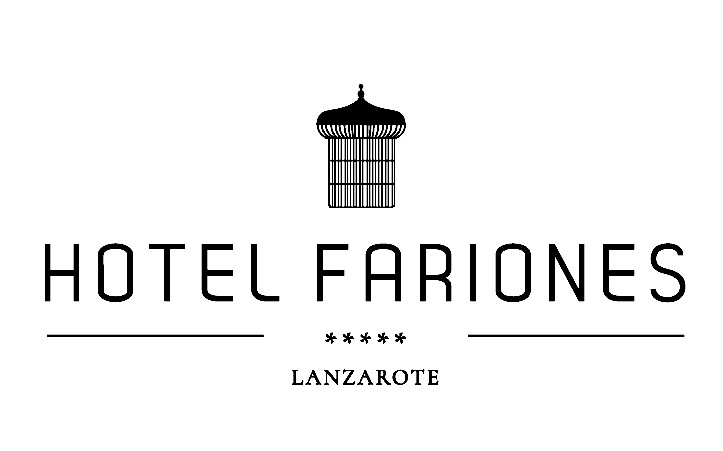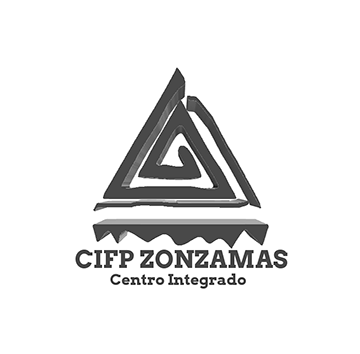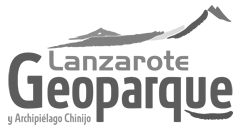News
Lanzarote makes a stand for a state-of-the-art combination of tradition and modernity
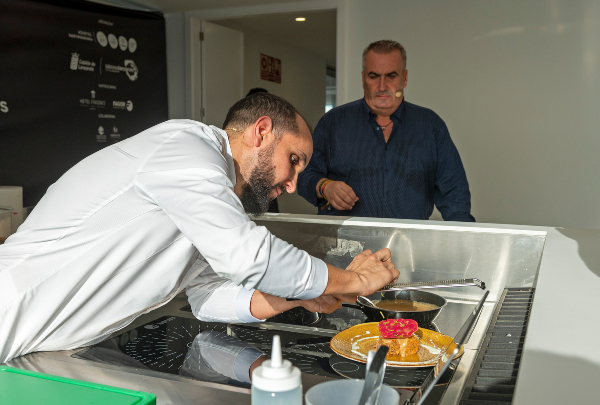
The third day of Worldcanic began on Islote de la Fermina (Arrecife) in a totally Lanzarotean atmosphere. The first talk demonstrated the island's current culinary panorama through two new talents.
Daniel Jiménez, chef at Tacande Restaurante - in Haría, located in the island's hinterland - brought us an insight into Lanzarote cuisine, in his case traditional cookery, "but which doesn't baulk at a taste of the rest of the world". Tacande favours local produce: cheeses, La Santa prawns, parrot fish, goat, rabbit ... products found on the sampling menu alongside sauces such as satay, chutney or tzatziki.
This fare, which sets out to restate traditional cuisine, "is going down very well", said the chef, although he was aware that this path "is a path to be trodden very gradually, by educating palates". In this respect, Jiménez advised congress-goers to "use your imagination, because tradition does not exclude innovation, and this is achieved by tasting, cooking and cooking some more". He demonstrated this on stage with a traditional goat stew with Oriental sauces and "a tribute to the island's restaurants" with ajimoli, alioli and mojo sauces with an air fritter.
The torch of new paradigms was taken up by Lolo Román, chef and gastronomy consultant on the "Brutal" project, an initiative to make Canary Island cuisine state-of-the-art. "Brutal" has four areas - training, R+D, networking among brands operating in the sector, and gastronomic advisory. A focus on what is different, "on dreams".
Román demonstrated this philosophy with one of the recipes produced for one of the restaurants he advises: a pineapple hollowed out and filled with "cocoron" goat's cheese foam and pieces of grilled pineapple soused in piña colada. He wound up his presentation with a nod to the Worldcanic congress, in the presentation of a volcanic `marvasía´- “mar" as in sea" - a recipe based on algae to simulate the volcanic landscape of La Geria.

